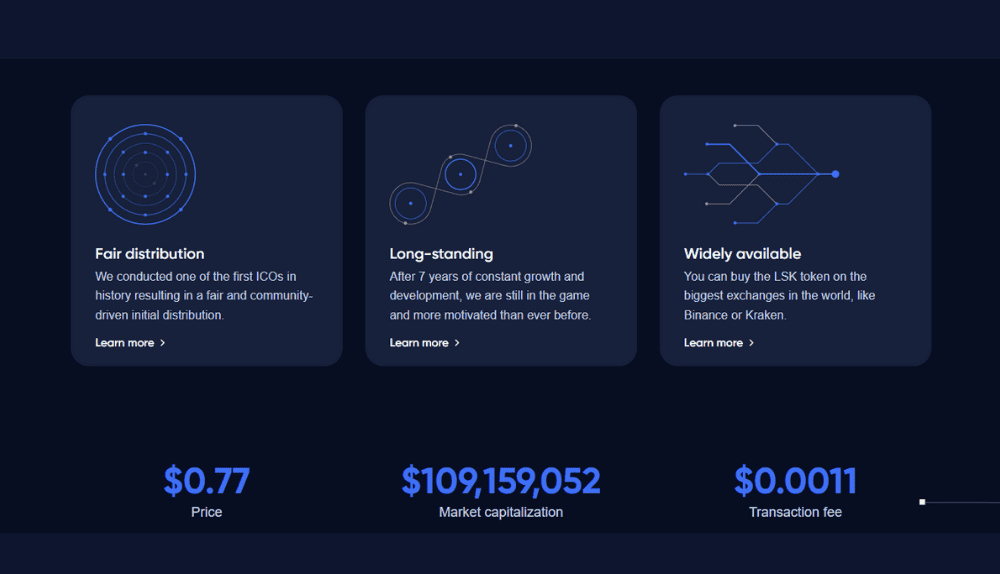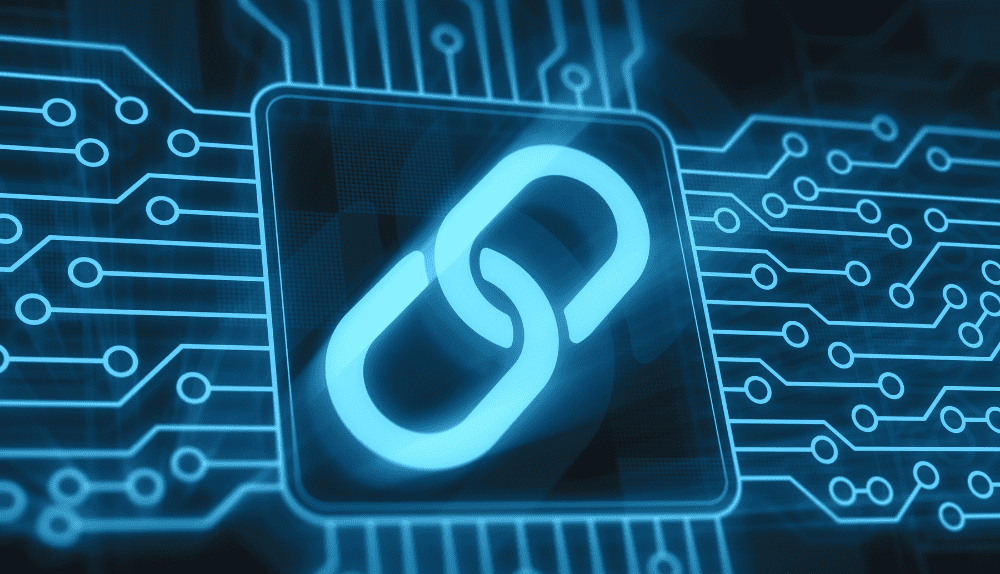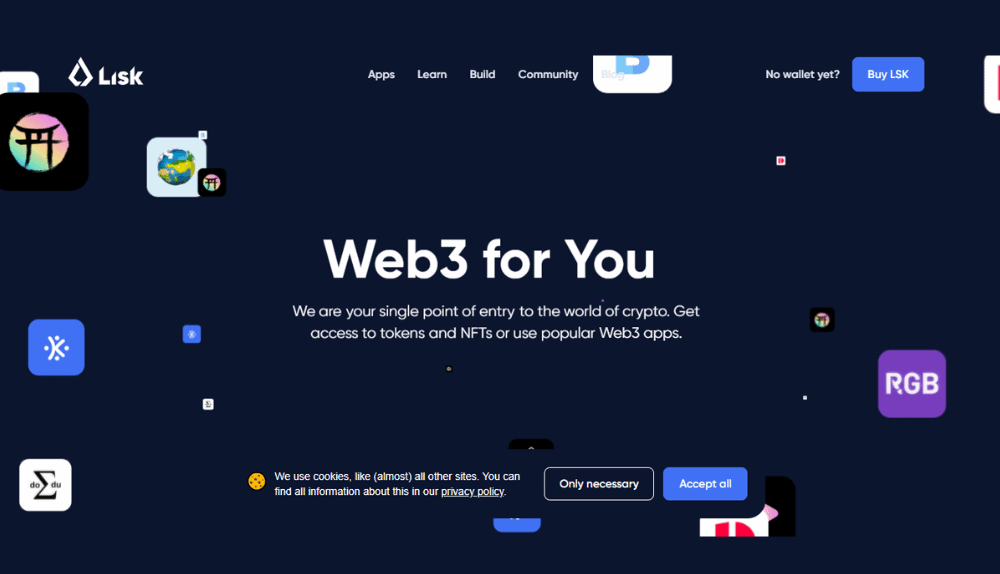Things You Need to Know About Lisk (LSK)
Key Takeaways: –
- What is Lisk – a layer-1 blockchain network that uses JavaScript as its programming language. This makes it easier for developers to build decentralized applications on the platform.
- Lisk uses a delegated proof-of-stake consensus mechanism, which allows anyone to participate in the validation process by staking LSK tokens.
- Lisk has a network of sidechains, which are smaller blockchains that are linked to the main Lisk chain. This allows developers to create applications that are more scalable and efficient.
- Lisk has a Software Development Kit (SDK) that provides developers with the tools they need to build decentralized applications on the platform.
What Problem Does Lisk (LSK) Aim to Solve?
Each blockchain project is launched with the goal of supporting the mass adoption of the blockchain industry. That’s why most projects now provide support for decentralized applications and smart contracts to attract more users. Similarly, some projects offer additional benefits to achieve this goal.
Still, the adoption rate is pretty low because the developers and users are facing certain problems. The major reason why developers are failing to enter this industry is that most networks have their unique programming language. It means the developers need to learn a new programming language from scratch if they’re willing to build a decentralized application on a particular platform.
Thus, the developers can’t provide a user-friendly experience because they need to have a deep understanding of the concepts to build innovative features. Fortunately, Lisk is trying to solve this problem by incorporating traditional resources.
What is Lisk (LSK)?
Lisk is a layer-1 blockchain network dedicated to improving the accessibility of web3 for developers and users alike. Unlike other blockchain networks, it uses the most commonly used programming language of traditional web apps (JavaScript). With this programming language, developers can easily make their applications more attractive by adding interactive features.

The platform has its own Software Development Kit (SDK) that allows developers to build innovative applications quickly and efficiently. SDKs rely on four main components.
- Consensus Algorithm – SDKs use the delegated proof-of-stake consensus mechanism for transaction validation.
- Front-end – This part primarily deals with regular users. It offers interactive features to improve the user experience.
- Back-end – This part is used to add features like user verification, payment verification, data validation, and more. The back-end features help with keeping the applications secure.
- Sidechain – The developers can build a blockchain that is linked to the Main network. It allows them to use a new crypto token for payment processing if they want.
The best part is that Lisk has a network of sidechains where developers can launch their applications without having to worry about congestion. The transactions are processed on sidechains and the final data is updated on the main chain.
The developers can still access the coding libraries, SDKs, and other features of the Lisk on these side chains because they’re Lisk-compatible.
What’s So Special About Lisk (LSK)?
JavaScript is the biggest selling point of Lisk because it’s one of the leading programming languages in the web space.
Lisk offers faster transaction speed compared to other networks. It has a block time of ten seconds. It also offers a more democratic by incorporating the delegated proof-of-stake consensus mechanism. Thus, more users can participate in the validation process.
The platform allows developers to polish up their decentralized applications with SDKs and Sidechains. The developers can even create their own tokens without any code involved.
Lisk Brief History
Lisk was introduced by Olivier Beddows and Max Kordek in 2016. It was introduced as a fork of Crypti. The team sold around 85% of the total supply during an initial coin offering in February 2016 and raised around 14,000 BTC. The remaining 15% of tokens were distributed among developers and key stakeholders.

The project was rebranded in 2018 and it came with a new logo, website, and client user interface. The project then started offering an upgraded and more elegant software development kit.
How Does Lisk Network Work?
Lisk network uses a delegated proof-of-stake consensus mechanism to choose the active delegates. The users need to stake their LSK tokens to participate in the process. Each LSK token represents a vote. The block cycle completes every 16 minutes. The token holders need to use their voting power to select the 101 active delegates after each cycle.
The active delegates then validate the transaction during the block cycle. They receive LSK tokens as a reward for their contribution. They can then determine the percentage of the reward to share with the voters who elected them for the cycle. Thus, it encourages more token holders to participate in the validation process.
Moreover, it increases the platform’s capacity to perform more transactions per second.
Scalable Sidechains
The developers can build large blockchains on sidechains to provide better flexibility and autonomy. Thus, they can offer greater transactions per second with lower transaction fees. The developers can also connect their applications to other DApps within the network with the help of cross-chain messaging.
The team is also working on building interoperability with other layer-1 blockchains like Ethereum, Cosmos, Polkadot, and more. It will further improve the adoption rate of the blockchain industry.
Lisk SDK
The developers can’t interact with different blockchain networks unless they have a strong command of various languages. Lisk simplifies the process with its JavaScript-based software development kit. It removes the hurdles for those who are new to the industry.
After the launch of the Lisk Platform, the developers no longer need to rely on smart contracts as they can directly launch their applications on sidechains. The Lisk team is working on adding more features to SDKs such as Proof-of-authority modules, P2P, and NFT development.
Lisk Tokenomics
LSK is the native token of the Lisk network that is used to pay transaction fees. The token holders can also stake their LSK tokens to generate passive income. With a circulating supply of 128.9 million tokens, LSK has a market cap of $91 million. It ranks among the 200 best cryptocurrencies in terms of market cap.
Conclusion
Lisk is a blockchain platform that aims to make it easier for developers to build decentralized applications. It uses JavaScript, the most popular programming language, and has a network of sidechains that can be used to create applications that are more scalable and efficient. With its unique features, Lisk can play an essential role in supporting the mass adoption of web3.
Feel free to get in touch with us if you need more information about how the Lisk network works. We also invite you to subscribe to our weekly newsletter if you need regular updates about Bitcoin and the crypto market.











